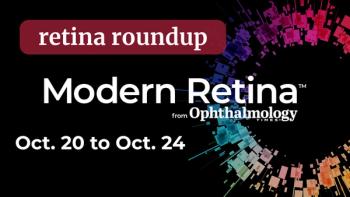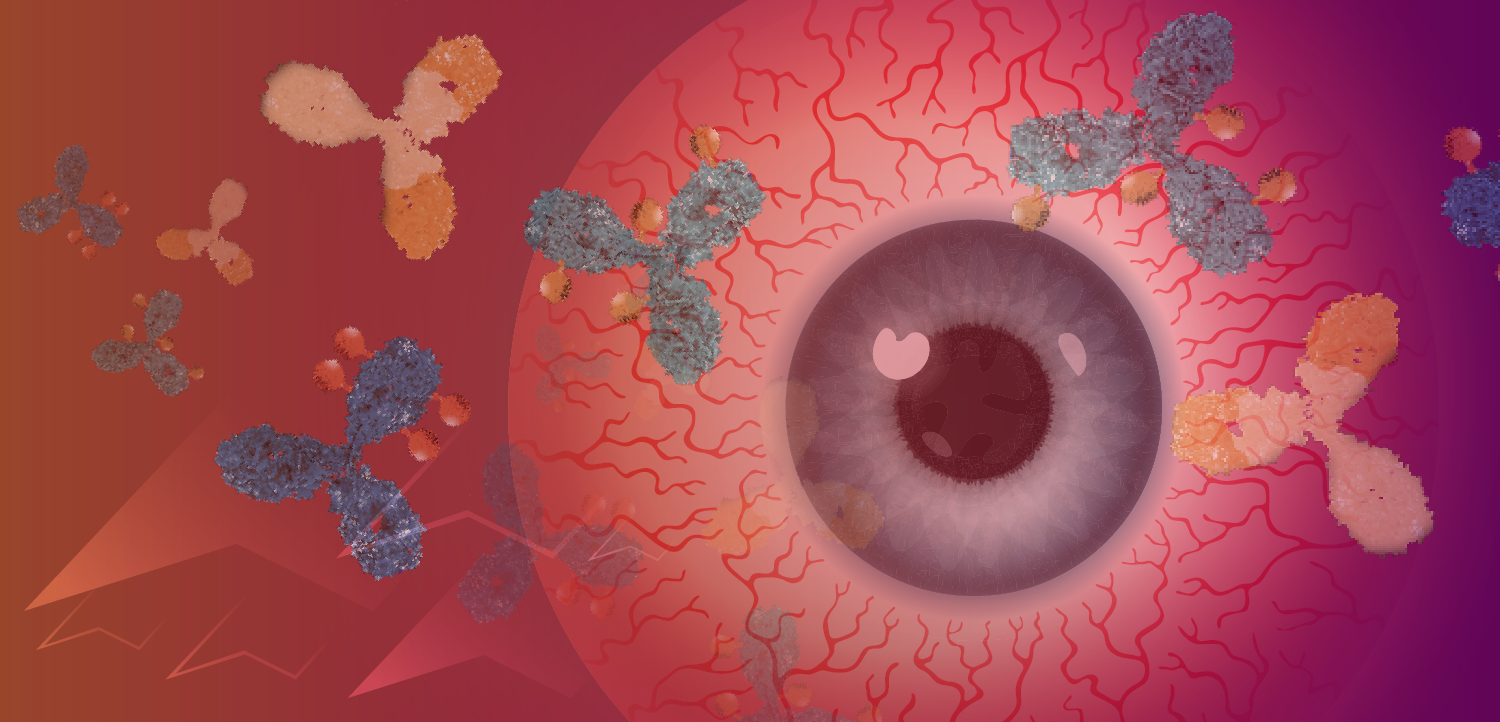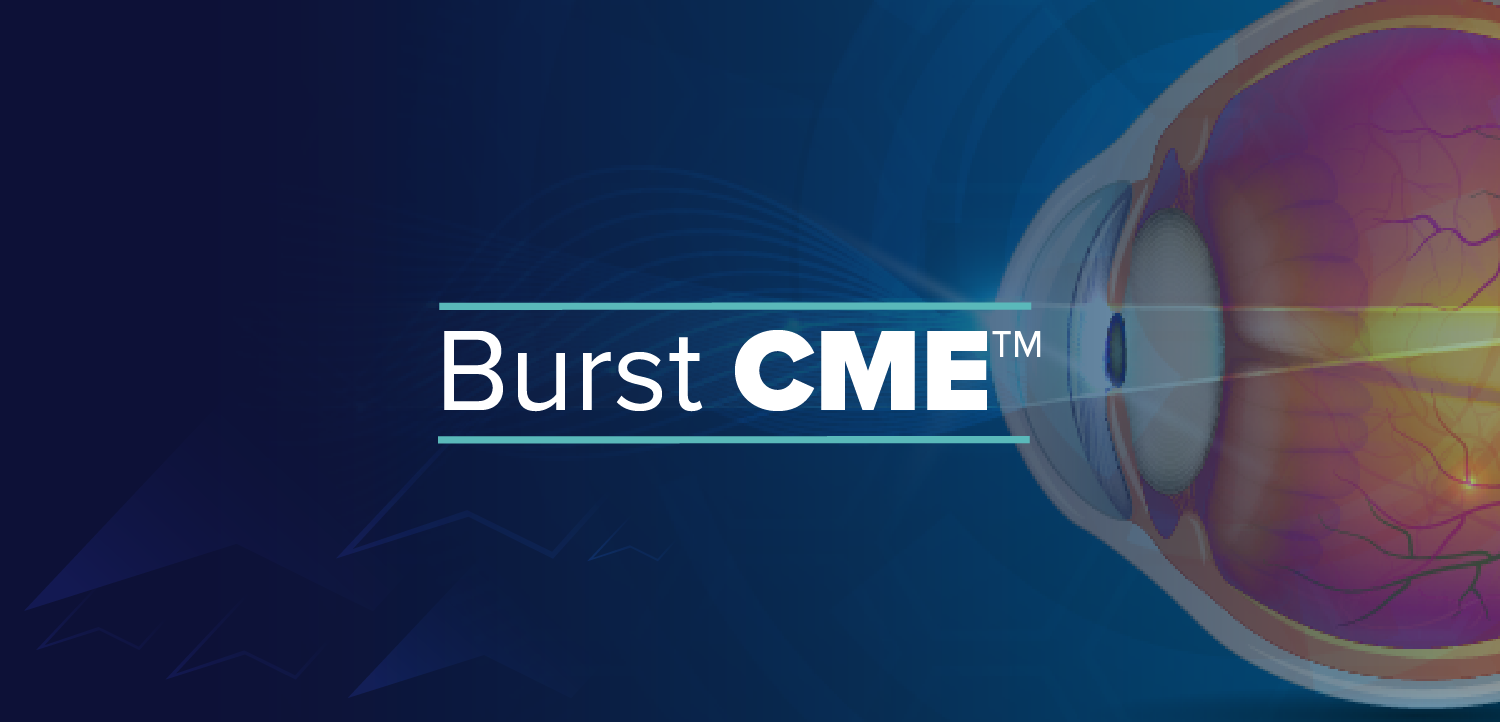
- Modern Retina Jan and Feb 2025
- Volume 5
- Issue 1
Where might AI be heading?
A look at the current state of AI in diabetic eye disease and where the future may take us.
Artificial intelligence (AI) and deep learning tools are now a part of many people’s daily lives, whether they are using ChatGPT to write email responses or sophisticated analysis tools to track economic trends. Although patients may not interact directly with the AI tools used in ophthalmology practices, an AI program may evaluate the images from their optical coherence tomography (OCT). As additional applications arise for the use of AI in ophthalmology, including in the diagnosis and monitoring of diabetic macular edema (DME), it is important to ask, “AI in DME: At Its Infancy or Flash in the Pan?”
T. Y. Alvin Liu, MD, posed this question as the title of his presentation during the Johns Hopkins Wilmer Eye Institute’s MACULA 2025 and the 5th Annual Retina Festival. Liu leads the James P. Gills Jr., M.D., and Heather Gills Artificial Intelligence Innovation Center, which was created following a $10 million donation from James and Heather Gills to further the clinical, scientific, and infrastructure resources for investigators to apply AI in research, medical education, and patient care.
Sydney M. Crago, managing editor for Modern Retina and Ophthalmology Times,interviewed Liu about the use of AI ophthalmology and how his experiences empowered him to address the title question of his presentation.
The following interview transcript has been lightly edited for clarity and consistency.
Sydney M. Crago: AI tools are becoming increasingly prevalent in medicine. How do you see AI being used in the practice of ophthalmology?
T. Y. Alvin Liu, MD: I think we’re very fortunate that ophthalmology has been at the forefront of the AI revolution in medicine, and I see 2 major applications right now. The first one is clinical; the second one is more on the research side. On the clinical [side], the most mature AI application in ophthalmology is the use of autonomous AI for the detection of diabetic retinopathy in the primary care setting. This functionality is very important, and it’s typically performed by an optometrist or ophthalmologist. There’s movement in moving the screening to the point of care in primary care, [as] our group at Johns Hopkins has demonstrated. This has been associated with an improvement in the annual adherence of this screening recommendation. When it comes to the research application, the most mature and widespread application is to use deep learning, which is the cutting-edge AI technique to segment and quantify random images; for example, using deep learning to quantify the size of geographic atrophy or the volume of subretinal or retinal fluid in retinal vascular disease.
Crago: Regarding AI in DME, what benefits are there for patients and providers?
Liu: I think there are 3 major potential use cases that we could see being deployed in the real world, hopefully in the near future. The first one is we could use deep learning to detect center-involving diabetic medical edema or [to predict] visual acuity directly from a color fundus photograph. This strategy could be used for remote or at-home monitoring for select patients, specifically patients with no nonproliferative diabetic retinopathy, but no [patients with] DME or…non–center-involving DME. The idea is that if these patients can be monitored at home using portable fundus cameras, and then we use AI to analyze these photos,…we will decrease the burden of having the patient come back to the clinic as frequently and…only bring them back if a worsening is detected.
The second potential use…is using pretreatment OCT images or clinical variables in treatment-naive eyes with DME to predict how they are going to respond to a particular medication, essentially a personalized treatment plan for DME before we start a treatment.
The third application is [the] large-scale, efficient analysis of OCT images with DME, particularly for reading centers in the context of clinical trials.
Crago: Can you share your experience using AI tools regarding DME diagnosis or monitoring or the effect of the treatment burden on patients?
Liu: My example falls more in the use of autonomous AI for the detection of referable diabetic retinopathy, which of course includes center-involving DME. At Johns Hopkins Medicine, we started deploying some of these systems in the primary care setting back in 2020. We have been able to look back at the data in the past couple of years, and what we’ve demonstrated is that the deployment of AI has been associated with improved overall adherence rate for annual diabetic retinopathy screening, and it also improved access and equity in this clinical setting.
Crago: Your presentation was a part of the Wilmer Eye Institute 100th Anniversary Celebration and was titled “AI in DME: At Its Infancy or Flash in the Pan?” What is your answer to this?
Liu: I like to hedge my answer a little bit. It’s definitely on the early side, but I do see a lot of potential. However,
for [the] large-scale application of AI in DME to happen, a couple of things need to happen. The first is the development and validation of a novel workflow. For example, I briefly mentioned a novel workflow involving the monitoring of DME in a remote setting, combining both portable color fundus photographs and AI. Also, a novel payment mechanism is needed; for example, a willingness from the insurance payers to actually pay for AI-guided, personalized treatment for DME or…to pay for or distribute shared savings from identifying patients using AI who may benefit from or do equally well on less expensive, intravitreal anti-VEGF agents.
Crago: How do you hope AI tools can benefit physicians and all they may accomplish in the coming years?
Liu: There are 2 main areas [where] I see major potential. The first one is in the screening for diabetic retinopathy on a population level. The second one is the discovery of new biomarkers, meaning [that] although we’ve known…what DME looks like on OCT for a long time, now we realize what that DME looks like actually means something; for example, not just the volume of the intraretinal fluid, but the distribution of the inferior retinal fluid, and oftentimes how hyper-reflective those intraretinal cysts are. There are also other associated biomarkers for DME, such as intraretinal hyper-reflective foci. We know that these markers mean something, and we can certainly use that new information to guide our patient treatments.
However, right now,…to quantify these biomarkers manually [is] very labor intensive and time-consuming, so [it would] really not [be] practical if we were to do this manually. This kind of quantification will only be possible on a large scale in an effective…and efficient manner if we incorporate AI, specifically deep learning, in these workflows. •
Articles in this issue
8 months ago
Transforming preinjection protocols8 months ago
CVI definition: A work in progress9 months ago
The power of home monitoringNewsletter
Keep your retina practice on the forefront—subscribe for expert analysis and emerging trends in retinal disease management.















































